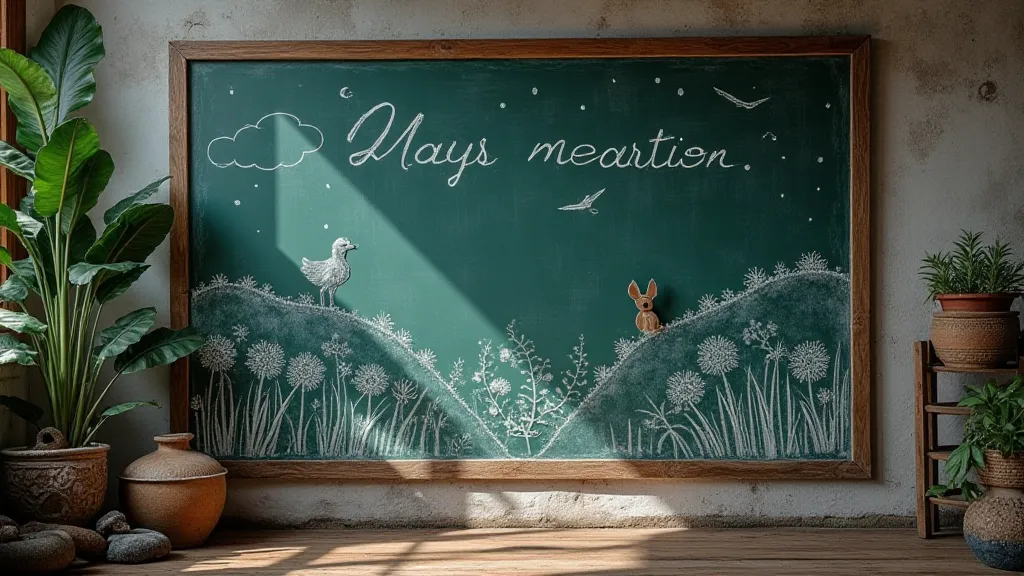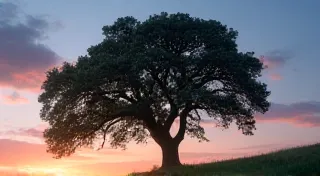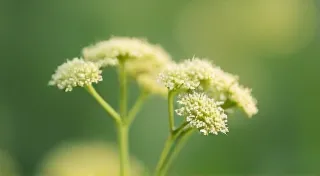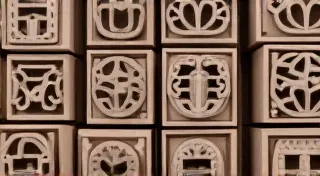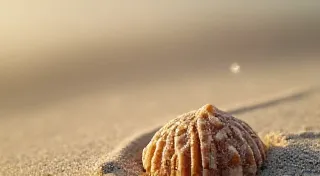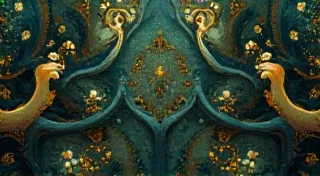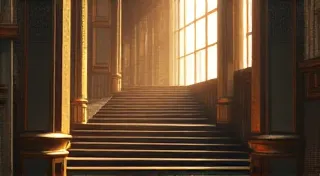Ephemeral Echoes: Crafting Transient Beauty in Chalkboard Art
There's a profound melancholy to watching an old accordion breathe. The bellows expanding and contracting, a sigh of seasoned wood and metal – it speaks of countless melodies played, of laughter and tears witnessed, of lives lived alongside its music. And it made me think of chalkboard art. Both are beautiful, both are temporary, and both possess a unique power to stir a deep well of feeling. The ephemeral nature isn’t a limitation; it's the very essence of their beauty, a poignant reminder of the fleeting nature of all things.
My grandfather was an accordion player. A small-town music teacher, he's the reason I’m drawn to the instrument's intricate workings and the stories held within its aged frame. He used to say, "Everything fades, child. But what you create in that moment, the joy you share, the beauty you leave behind – that echoes.” The sentiment resonated then, and it resonates even more profoundly when I approach a chalkboard canvas.
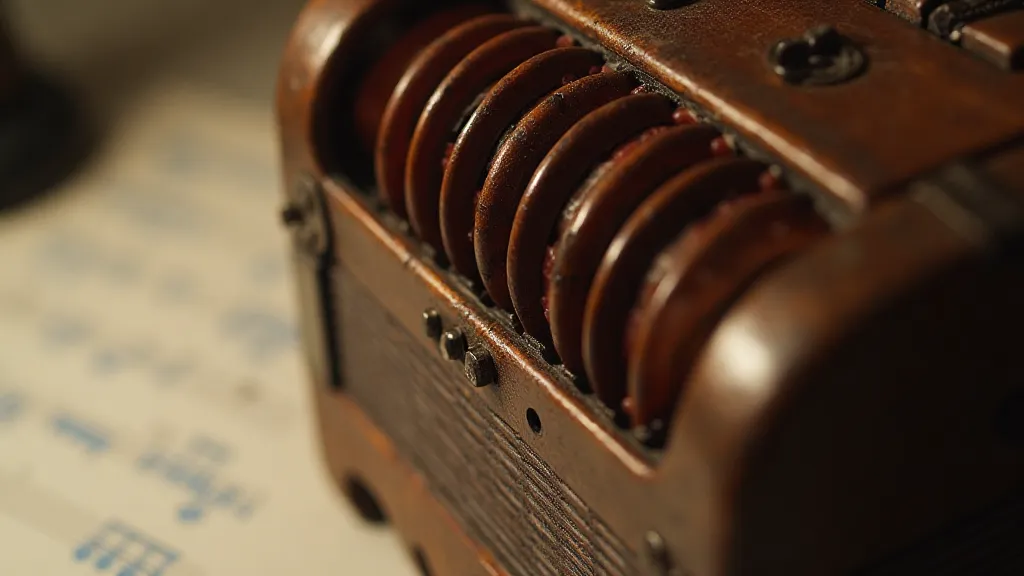
The Historical Roots of Chalkboard Expression
Chalkboard art isn't a modern invention. Think back to the one-room schoolhouses of the 19th century. The teacher’s chalkboard wasn't just a tool for imparting knowledge; it was a vibrant display of daily lessons, inspirational quotes, and often, charming illustrations. These weren't sophisticated creations, but they were genuine, heartfelt expressions of community and learning. They were a visual dialogue, erased and redrawn with the rhythm of the school year. Later, in the early 20th century, storefronts used chalkboards to advertise their goods, using hand-lettered signs that were far more inviting than stark printed posters. These spontaneous displays built relationships and fostered a sense of local character. The beauty lay in their directness and immediacy.
Embracing the Impermanence: A Philosophical Shift
In a world obsessed with permanence – with archival documents and meticulously preserved photographs – the conscious choice to create something intentionally transient can feel radical. We’re conditioned to fight against decay, to strive for a lasting legacy. But chalkboard art actively rejects this impulse. It’s a deliberate embrace of the moment, a celebration of the beauty found in the act of creation itself, knowing that the outcome is destined to fade. This isn't sadness, but liberation. The pressure to create a masterpiece dissolves, freeing the artist to experiment, to play, and to simply *be* present in the process.
Consider Japanese aesthetics, particularly the concept of *wabi-sabi*. This philosophy finds beauty in imperfection, impermanence, and simplicity. A chipped teacup, a weathered fence post – these aren’t flaws to be corrected; they’re marks of a life lived, of time’s passage. Chalkboard art embodies *wabi-sabi* beautifully. The subtle smudges, the occasional shaky line – these are not mistakes, but authentic fingerprints of the artist's hand.
Chalkboard Art Techniques for Maximum Impact
While the philosophy encourages letting go, that doesn't mean abandoning technique. Maximizing the impact of your chalkboard art involves understanding a few key principles. First, the choice of chalk is crucial. Soft chalk provides a richer pigment and blends more easily, ideal for gradients and subtle shading. Hard chalk holds an edge better, perfect for crisp lettering and detailed line work. Experiment with different brands and types to discover your preference.
For lettering, practice *lots*. Start with basic sans-serif fonts and gradually work your way to more elaborate calligraphy styles. Use guidelines – even light pencil markings – to maintain consistent letter height and spacing. Don't be afraid to "ghost" letters, lightly sketching them out before committing to the final chalk application. And remember, correcting mistakes is part of the process. A quick sweep with a damp cloth can erase errors and allow you to start fresh.
Layering is another powerful technique. Begin with lighter colors to establish the underlying structure and then gradually build up layers of darker shades to create depth and contrast. Consider using a blending stump or your fingertips to soften transitions between colors. And finally, don't underestimate the power of negative space – the blank areas around your design can be just as important as the elements you create.
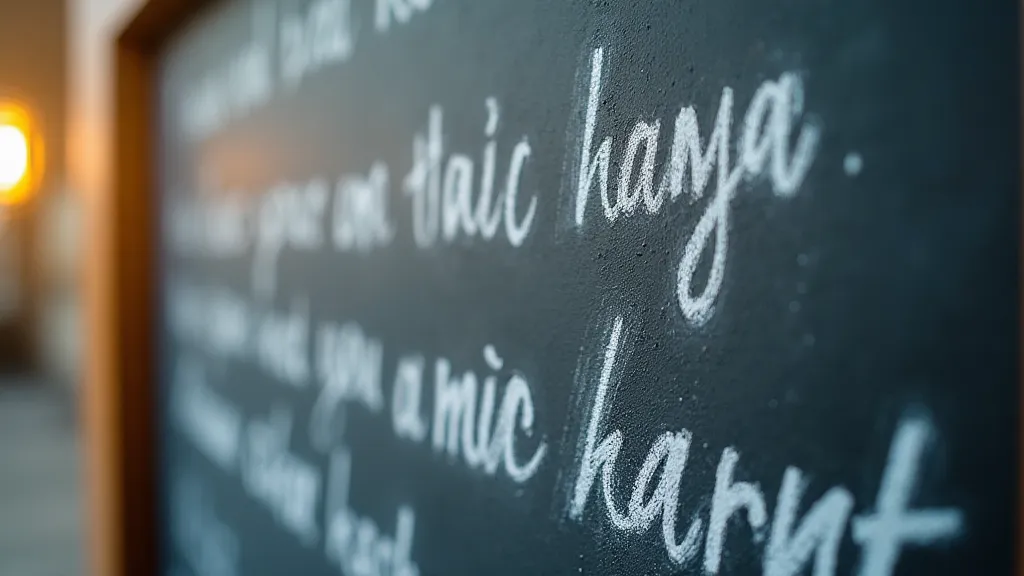
The Echoes of Restoration and Appreciation
My grandfather’s accordion wasn's in perfect condition. It had cracks in the wood, tarnished keys, and a bellows that leaked air. He didn't have the resources to restore it to its original glory, but he cherished it nonetheless. He cleaned it regularly, oiled the reeds, and played it with a love that transcended its imperfections.
There's a parallel here with collecting or even preserving old chalkboards. A weathered chalkboard, with its faded lettering and subtle scratches, holds a unique history. While full restoration might erase those stories, a gentle cleaning and careful preservation can honor its past. It's about appreciating the journey, not just the destination.
Similarly, collecting antique accordions – or appreciating the artistry of a skilled accordion repair person – involves understanding the intricate craftsmanship that went into their creation. It’s about recognizing the dedication of the maker, the countless hours spent shaping wood, tuning reeds, and assembling the complex mechanism. Just as a chalkboard artist pours their heart into a temporary creation, the accordion maker invested their skills and passion into an instrument designed to bring joy for generations. And that, in itself, is a kind of permanence.
The Beauty of Letting Go
Ultimately, the beauty of chalkboard art lies in its inherent transience. The knowledge that your creation will eventually fade encourages you to be present in the moment, to embrace experimentation, and to find joy in the act of creation itself. It's a reminder that everything is temporary, and that true beauty lies not in what lasts forever, but in the echoes of joy and connection that resonate long after it’s gone. Like the final, fading note of an old accordion, the image on the chalkboard lingers in the memory, a fleeting moment of beauty captured in time.
